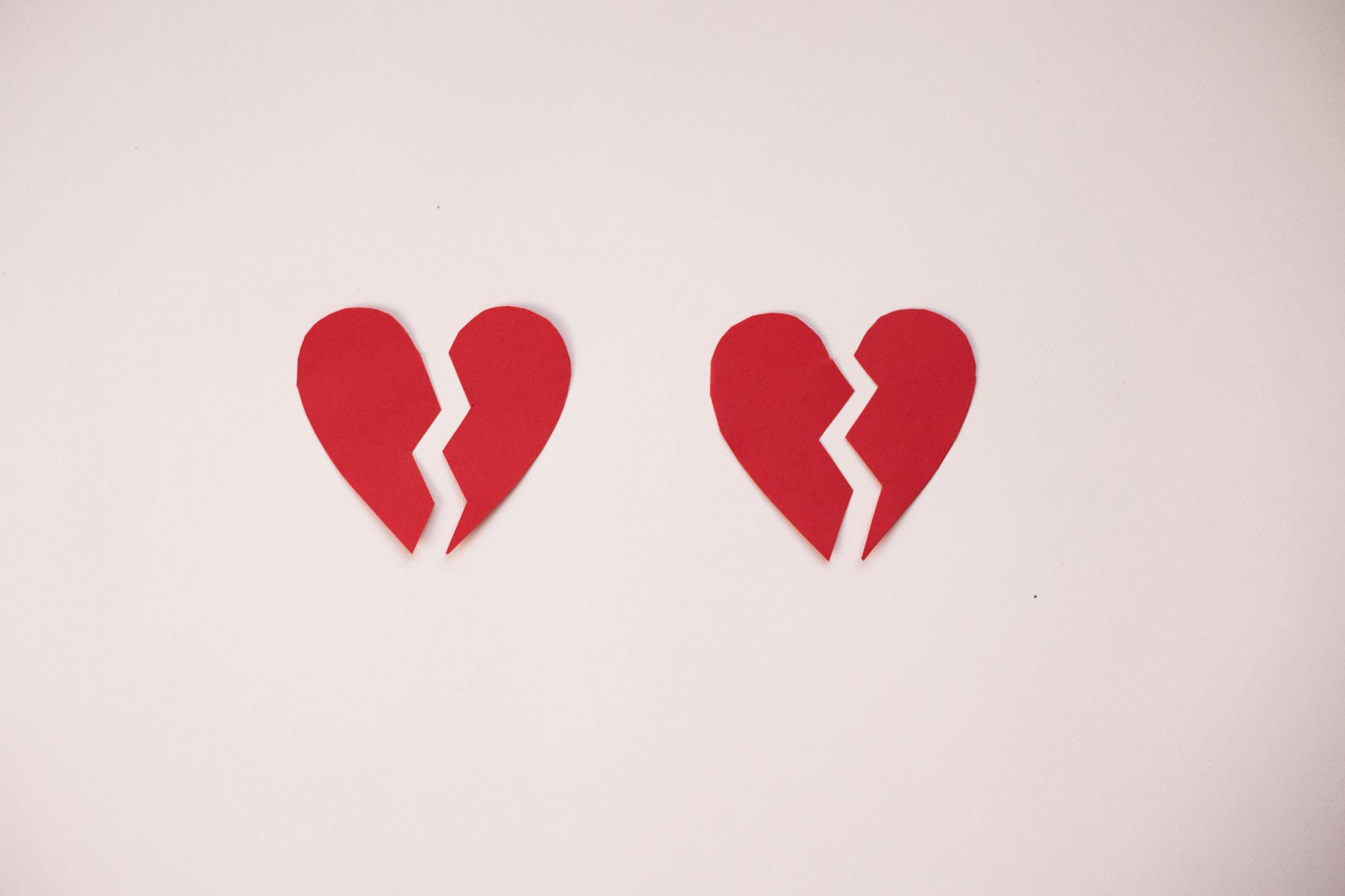Discover the powerful journey of breaking free from trauma and conquering PTSD. Find the strength within to heal.
Table of Contents
Living with Post-Traumatic Stress Disorder (PTSD) can feel like carrying a heavy burden that weighs down every aspect of life. The impact of trauma can reverberate through our thoughts, emotions, and behaviors, affecting our relationships, work, and overall well-being. But it’s important to remember that healing is possible, and with the right support and resources, overcoming PTSD is within reach.
Understanding PTSD
PTSD is a mental health condition that can develop after experiencing a traumatic event such as combat, sexual assault, natural disasters, or accidents. People with PTSD may experience intrusive thoughts, flashbacks, nightmares, and severe anxiety related to the traumatic event. These symptoms can significantly disrupt daily life and make it challenging to function normally.
Recognizing the Symptoms
It’s crucial to recognize the symptoms of PTSD in order to seek help and begin the journey towards healing. Common symptoms of PTSD include:
- Recurrent, intrusive memories of the traumatic event
- Nightmares and flashbacks
- Severe emotional distress or physical reactions when reminded of the traumatic event
- Avoidance of places, people, or activities that trigger memories of the trauma
- Hyperarousal, including difficulty sleeping, irritability, and hypervigilance
Seeking Support
Reaching out for help is a crucial step in overcoming PTSD. There are various resources available to support individuals living with PTSD, including:
- Therapy: Cognitive Behavioral Therapy (CBT), Exposure Therapy, and Eye Movement Desensitization and Reprocessing (EMDR) are all effective treatments for PTSD.
- Medication: Antidepressants and anti-anxiety medications can help manage the symptoms of PTSD.
- Support Groups: Connecting with others who have experienced trauma can provide a sense of community and understanding.
- Self-Care: Engaging in activities that promote relaxation and well-being, such as exercise, mindfulness, and creative outlets, can help manage stress and improve mental health.
Building Resilience
Healing from trauma and overcoming PTSD requires resilience and self-compassion. It’s important to acknowledge the strength it takes to confront and work through painful memories. Building resilience involves:
| Topic | Description |
|---|---|
| What is PTSD? | Post-Traumatic Stress Disorder (PTSD) is a mental health condition that can occur after experiencing or witnessing a traumatic event. Symptoms may include flashbacks, nightmares, and severe anxiety. |
| Causes of PTSD | PTSD can be caused by a variety of traumas, such as physical or sexual assault, natural disasters, accidents, or combat experiences. It can affect anyone, regardless of age, gender, or background. |
| Effects of PTSD | PTSD can have a significant impact on a person’s daily life, leading to difficulties in relationships, work, and overall well-being. It can also contribute to other mental health issues, such as depression and substance abuse. |
| Treatment Options | There are effective treatments available for PTSD, including therapy, medication, and holistic approaches. Seeking help from a mental health professional is essential for managing and overcoming PTSD. |
| Coping Strategies | In addition to professional treatment, individuals can use various coping strategies to manage their PTSD symptoms. These may include mindfulness practices, exercise, social support, and self-care activities. |
| Recovery and Healing | With time, support, and dedication, individuals can recover from PTSD and regain a sense of control over their lives. Healing from trauma is a unique and personal journey, but it is possible with the right resources and mindset. |
- Practicing Self-Care: Prioritize your physical and mental well-being by engaging in activities that bring you joy and relaxation.
- Setting Boundaries: Establish clear boundaries in your relationships and daily life to protect your emotional and mental health.
- Seeking Professional Help: Therapy and counseling can provide tools and strategies to cope with trauma and develop healthier coping mechanisms.
- Connecting with Others: Surround yourself with supportive friends and family who lift you up and provide a safe space for expression.
Embracing the Healing Journey
Healing from PTSD is not a linear process, and it’s important to be patient and kind to yourself along the way. Embrace the ups and downs of the healing journey and celebrate your progress, no matter how small. Remember that you are not alone, and there is hope for a brighter future beyond the chains of trauma.
FAQ
Question 1: How can I support a loved one who is struggling with PTSD?
Answer 1: Show empathy, listen without judgment, encourage them to seek professional help, and educate yourself about PTSD to better understand their experiences.
Question 2: Is PTSD curable?
Answer 2: While there is no definitive “cure,” with proper treatment and support, individuals can learn to manage symptoms and lead fulfilling lives.
Question 3: Can PTSD develop years after a traumatic event?
Answer 3: Yes, PTSD can manifest at any point following a traumatic experience, even years later. It’s important to seek help if symptoms arise.
Question 4: How long does it take to recover from PTSD?
Answer 4: Recovery timelines vary for each individual. It’s a personal journey that requires time, patience, and commitment to healing. With consistent effort and support, progress can be made towards healing from PTSD.





